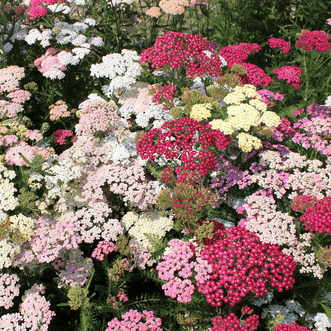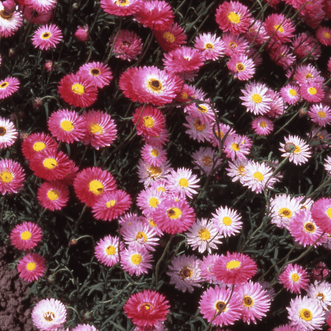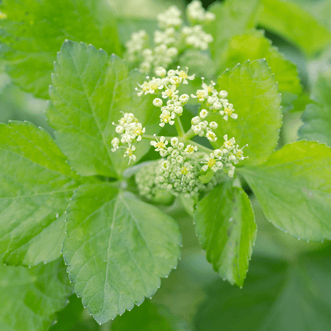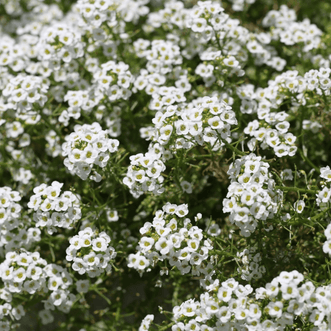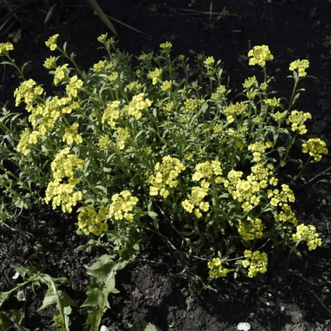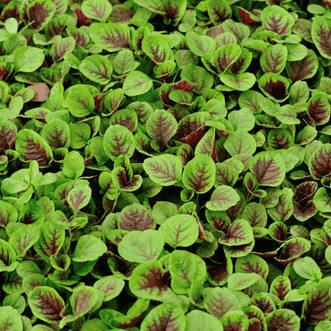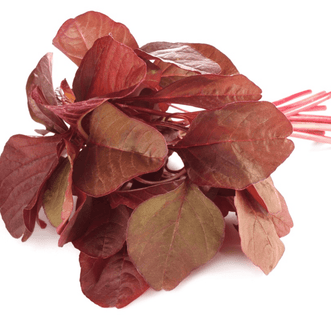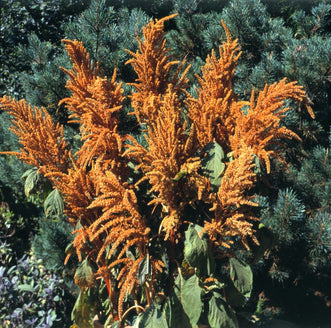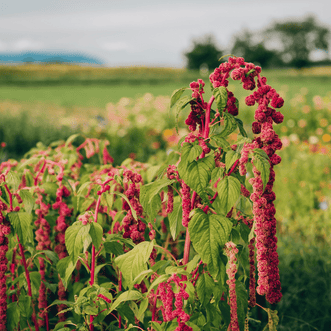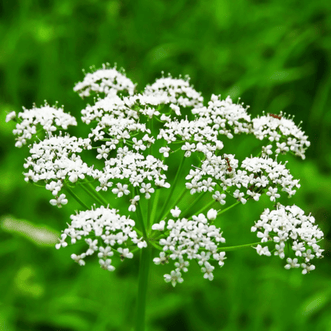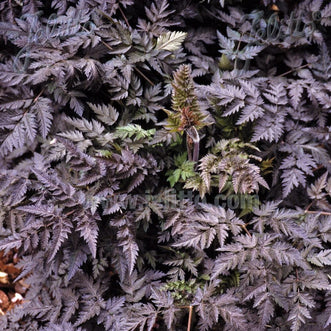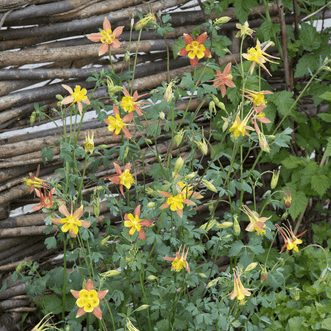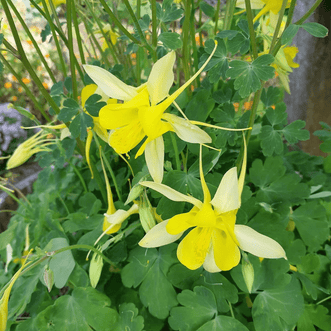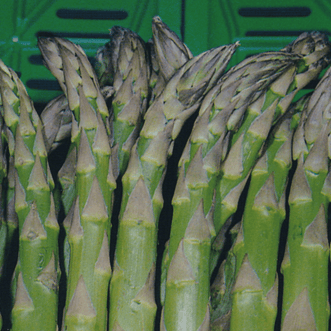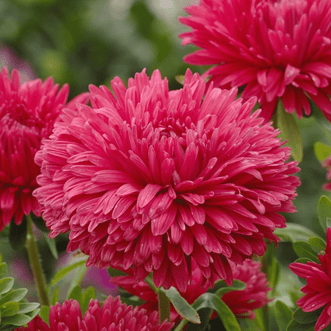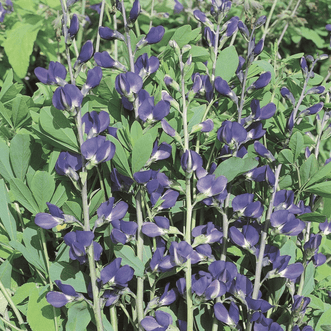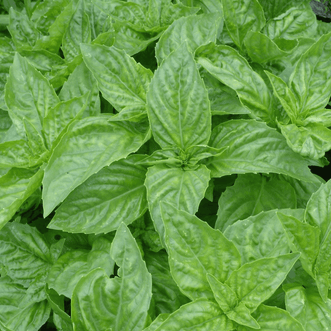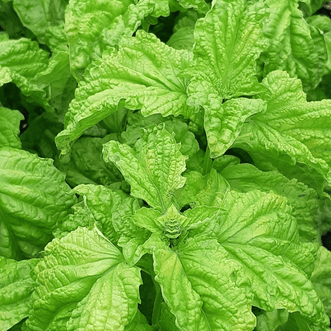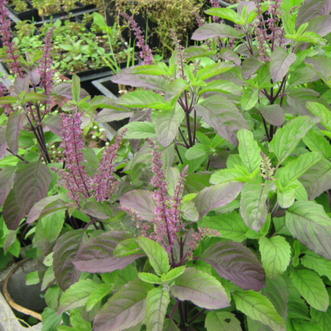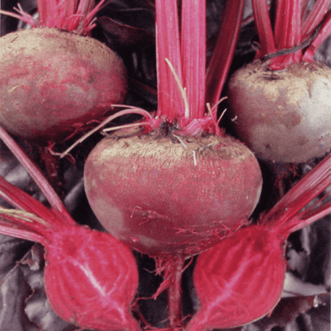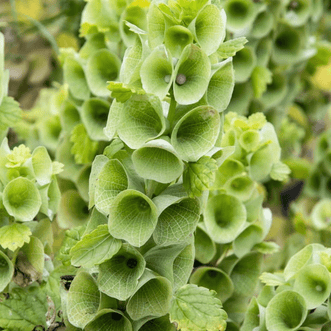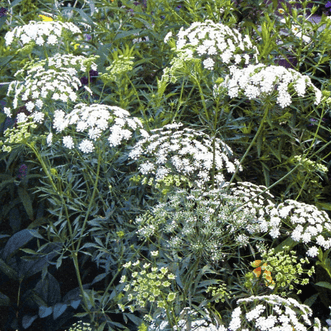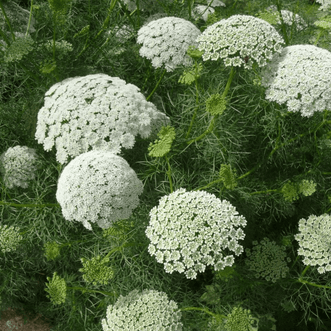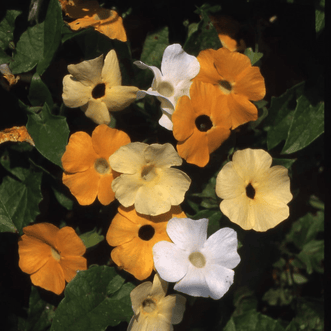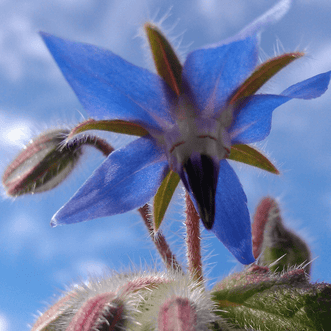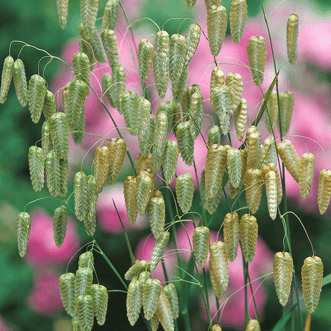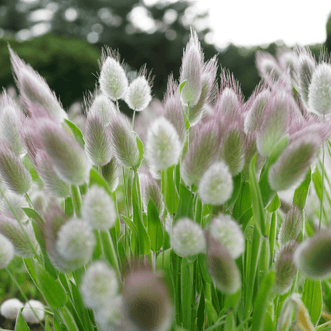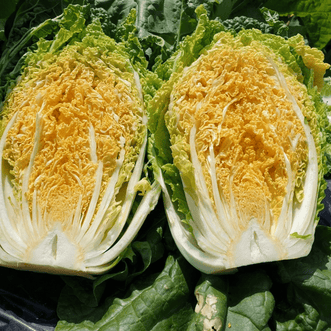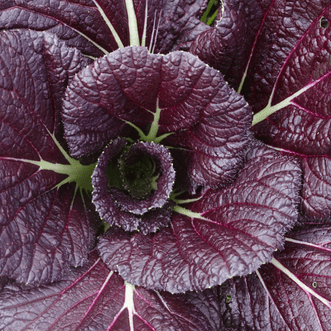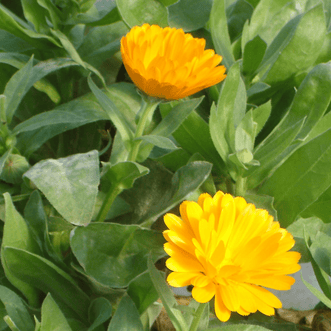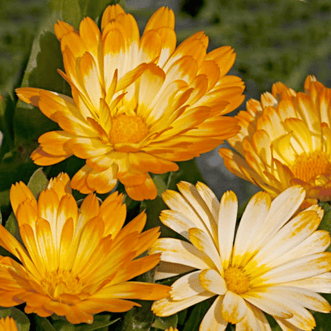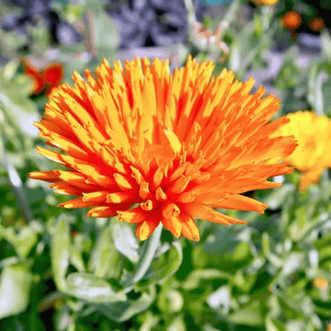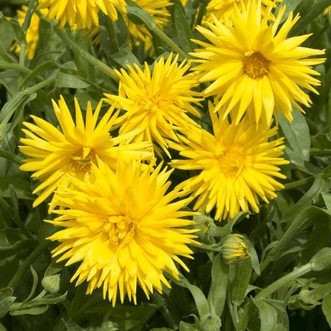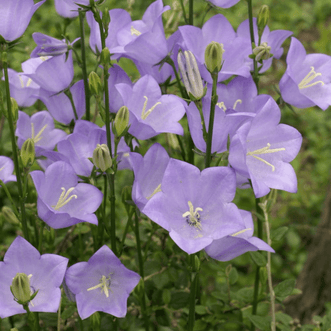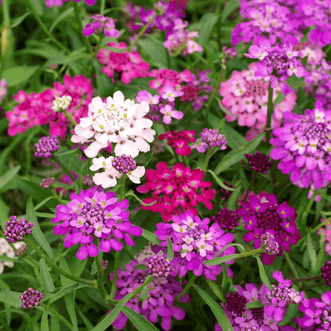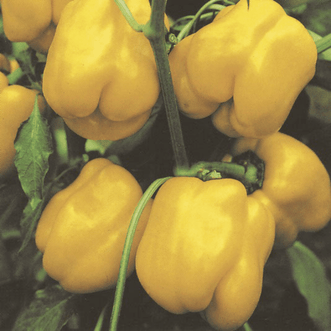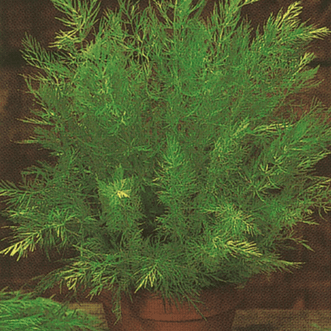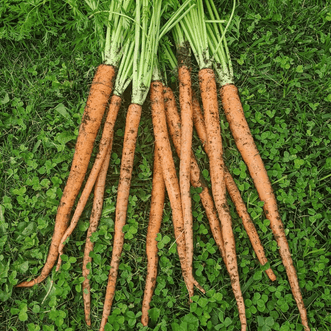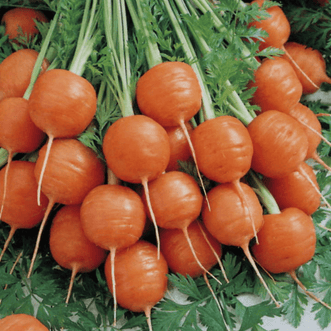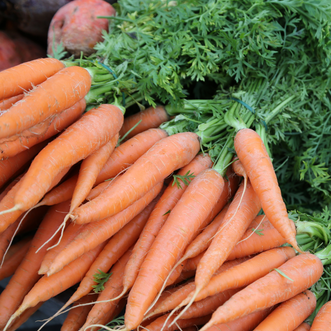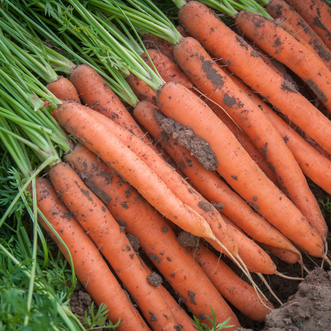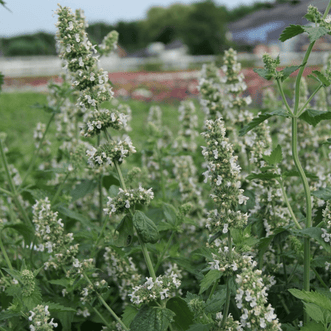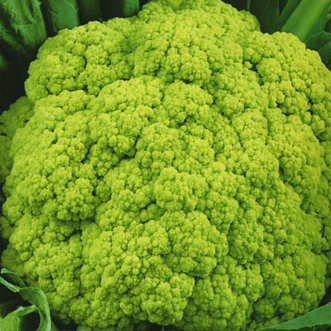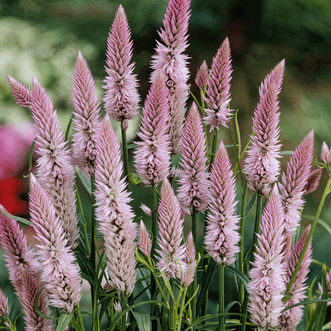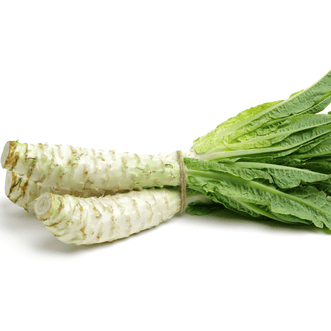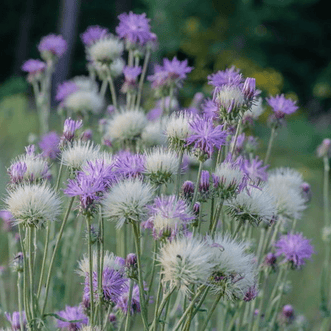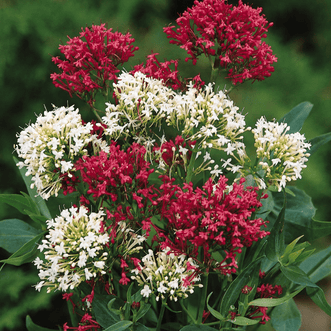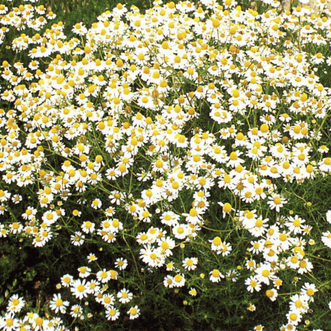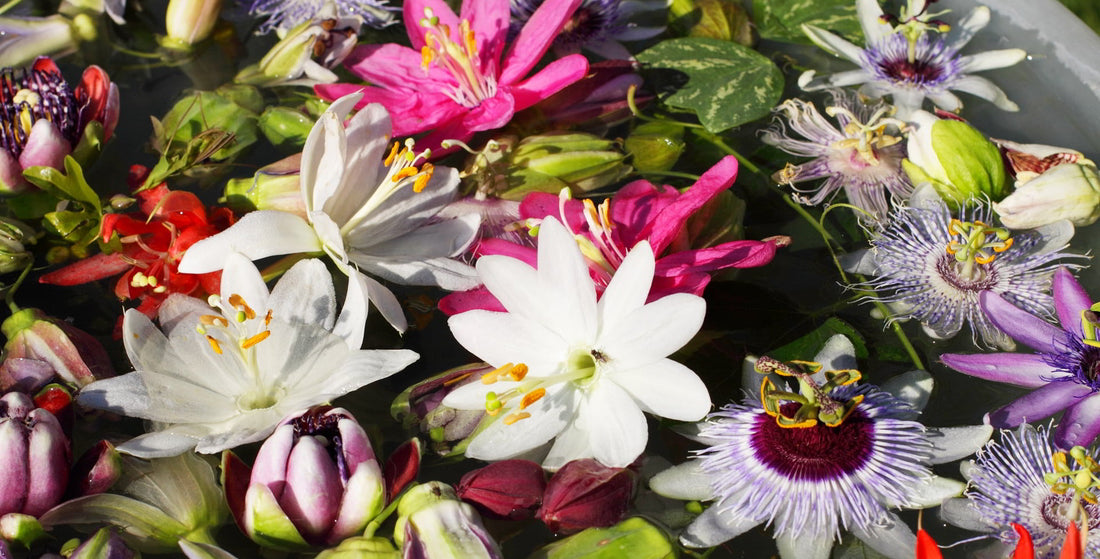
Passionfruit & Passionflowers
KarenWe currently stock Passionfruit Large Black (passiflora edulis) in our Gourmet range and last year we added, for the first time, the Passionflower Foetida White (passiflora foetida alba) to our Flower section. It produces this beautiful ornamental white flower with a tinge of purple at the base of the stamen. The small fruit that follows (see photo further down) has an edible pulp that tastes tangy and less sweet than the Large Black passionfruit.

THE PROJECT
Gerard is in the middle of an experiment, growing ten types of passionfruit to establish the varieties that grow well in our NZ environment. We like to ensure as much as possible, that new varieties can be grown here before adding them to the catalogue, but this is a bit of an extension on that with the number of varieties he has chosen to grow in his garden.
Up went the trellising and the project started last summer. The environment they are growing in is a large backyard garden that is surrounded by shelter belts and receives sun for most of the day. At this stage, three varieties have already been culled from the trial as being unsuitable with two others showing great promise having survived and thrived through the winter. They are back in flower already.
There are two main groups being tropical and sub-tropical. A few of the sub-tropical species are hardy enough to survive winter in sheltered temperate zones once they have an established root system and well drained soil. The tropical cannot tolerate any frost or long cool periods which is why you often find them growing well in very warm glasshouse environments but not in the outdoor garden.

HARVESTING PASSIONFRUIT SEED
In the past we have purchased large amounts of the purple fruited variety from local growers and then stood at the kitchen sink, knife and spoon in hand, covered in sweet sticky pulp from fingertips to armpits, working our way through bins of fruit, scooping out the seed. Gerard then took the buckets of passionfruit pulp to process and dry. Once all sign of the pulp has gone and the seed is dry, we pack into our retail packets so that you may grow your own abundant vines. The scooping was often interrupted by the odd spoonful making it to the tasting process and a lovely jar of the pulp to take home and use in cooking. I miss that process because we now receive the seed after someone else has done the scooping which is a tad disappointing.

DID YOU KNOW?
There are five main passion flower species that are grown commercially for their fruit. The most widely grown is the purple variety which was originally a native of southern Brazil to northern Argentina. They are vigorous and rapid climbers and their natural habitat is in the rain-forests where they have to find their way to the top of the forest canopy.
WHAT DO PASSIONFRUIT VINES REQUIRE?
A north-facing site with minimal or no frost will give you the best growing conditions. The vines need well-drained soil as they will turn up their toes if sitting in wet soil for any length of time. Also consider a bit of shelter from the wind and give them something to grow up or over.
Initial planting is best done in spring. Keep weeded and if using mulch, leave some space against the trunk.
Feed with citrus food three times a year (2 handfuls is enough for each feed) in the early spring, summer and early autumn.
GROWING COMMERCIALLY
Have you seen the prices charged for passionfruit in the fruit & veg section of your supermarket? Seems to me, it could be quite a profitable crop to grow. Did you know there is a NZ Passionfruit Growers Association? Neither did I but my research shows they are based in the Bay of Plenty and would be a good source of information and advice for anyone wanting to grow passionfruit commercially.

